
Flitwick is a town and civil parish in Central Bedfordshire, England. It is mentioned in the Domesday Book of 1086 as "a hamlet on the River Flitt". The spelling Flytwyk appears in 1381.
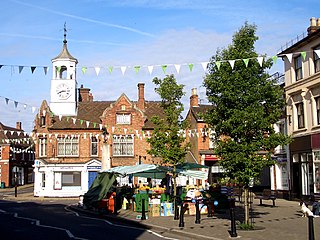
Ampthill is a town and civil parish in the Central Bedfordshire district of Bedfordshire, England. It lies between Bedford and Luton. At the 2021 census it had a population of 8,825.
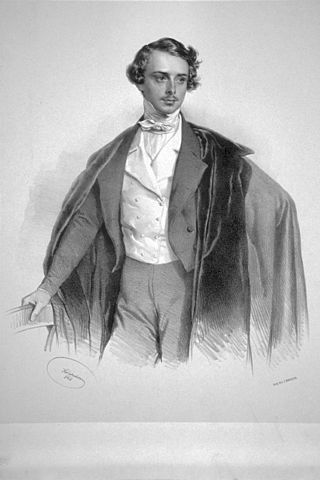
Odo William Leopold Russell, 1st Baron Ampthill,, styled Lord Odo Russell between 1872 and 1881, was a British diplomat and the first British Ambassador to the German Empire.
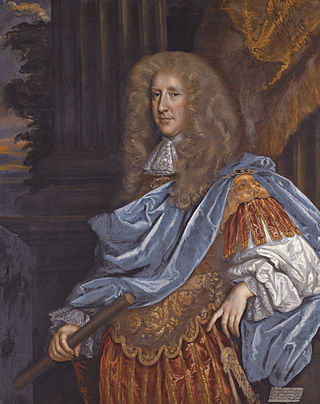
Robert Bruce, 1st Earl of Ailesburyand 2nd Earl of Elgin, PC, FRS, was a Scottish politician who sat in the House of Commons from 1660 to 1663, when he inherited his father's title as Earl of Elgin.

Frederick Lygon, 6th Earl Beauchamp PC DL, styled The Honourable Frederick Lygon between 1853 and 1866, was a British Conservative politician.

Arthur Oliver Villiers Russell, 2nd Baron Ampthill, was a British peer and civil servant. He served as Governor of Madras from October 1900 to February 1906, and as acting Viceroy of India from April to December 1904.
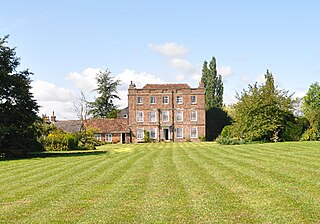
Eggington House is the manor house of the village of Eggington situated near Leighton Buzzard, Bedfordshire, England. The house is regarded as a very fine example of late 17th century domestic architecture, and is a Grade II* listed building. At the time of its construction in 1696 it was completely up to date and innovative in its design - which was unusual in the provinces, where architectural styles usually lagged behind that of the larger cities.
Oakley is a village and civil parish located in the Borough of Bedford in Bedfordshire, England, about four miles northwest of Bedford along the River Great Ouse. It has a population of 2,493 and is near the villages of Bromham, Milton Ernest, Clapham, Radwell and Felmersham.

Little Aston Hall is a Georgian country house in Little Aston, Staffordshire, England.
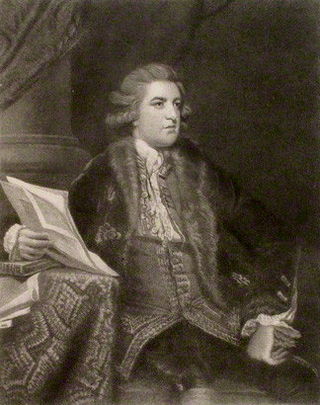
John FitzPatrick, 2nd Earl of Upper Ossory FRS DL, styled 'Lord Gowran' from 1751 to 1758, was an Irish peer and member of parliament.
This is a list of high sheriffs of Bedfordshire.

Debden House is a conference centre and campsite located in Loughton, Essex, England. The house is owned and operated by Newham London Borough Council.

Normanton Hall was a large, now demolished, country house at Normanton in Rutland.

Ampthill Park and Ampthill Park House is a country estate in Ampthill, Bedfordshire, England. The park was opened to the public after the Second World War.

Harptree Court is a Grade II listed building at East Harptree in the English county of Somerset. It was built around 1800 to designs by Charles Harcourt Masters.
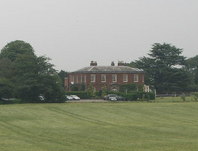
Dovecliff Hall is a large Georgian country house in Stretton, East Staffordshire, England which is now a country house hotel. It is a Grade II listed building.
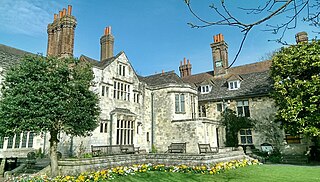
Southover Grange in Lewes, Sussex is a house of historical significance and is Grade II* listed on the English Heritage Register. It was built in 1572 by William Newton and owned by this family for the next three hundred years. After this it was the residence of many notable people until it was bought by the local Council in about 1945. Today it is owned by the East Sussex County Council. It now houses the Lewes Register Office which provides Marriage Ceremony Packages, civil partnerships and citizenship ceremonies. The gardens host events from local theatre to beer an gin festivals.
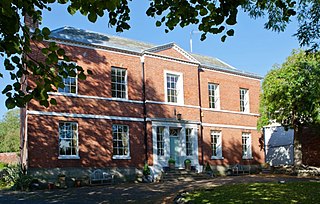
Breedon Hall, Breedon on the Hill in north-west Leicestershire, is a house of historical significance and is listed on the English Heritage Register. In 1620 it was a small timber-framed cottage. Soon after it was bought by the Curzon family and was successively enlarged until 1777 when it was given a new Georgian front. It was the ancestral home of the Curzons for over three centuries and then bought by the Shields family. Today it is owned by the Meynell family and provides bed-and-breakfast accommodation.

Barton Hall Hotel in Barton Seagrave near Kettering is a building of historical significance and is listed on the English Heritage Register. It was built in about 1550 and was the home of many notable residents over the next five centuries. Today it is a hotel which provides accommodation, restaurant facilities and caters for special events.

Kelvedon Hall is a country house in the village of Kelvedon Hatch, near Brentwood, Essex, England. Originally the site of an important medieval manor, the current house was built in the mid-18th century by a family of Catholic landowners, the Wrights, who had bought the manor in 1538. The last of the Wrights to live at the house died in 1838 and it was then let, before being sold to a school. In 1937 the hall was bought by Henry “Chips” Channon, a wealthy Anglophile socialite. Kelvedon appears repeatedly in Channon's diaries, an intimate record of his social and political life from the 1920s to the 1950s. The hall remains the private home of the Channon family. It is a Grade I listed building.






















